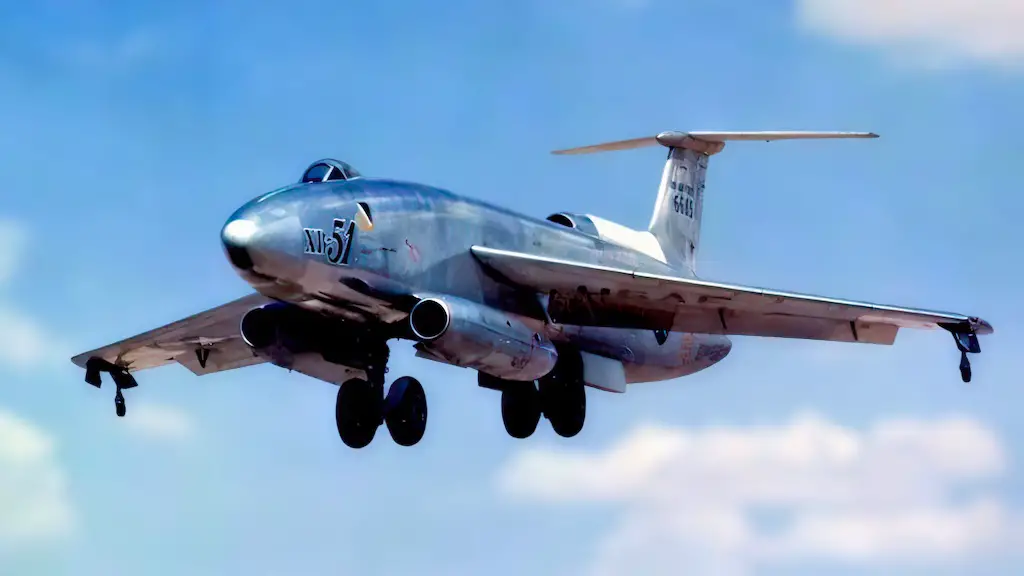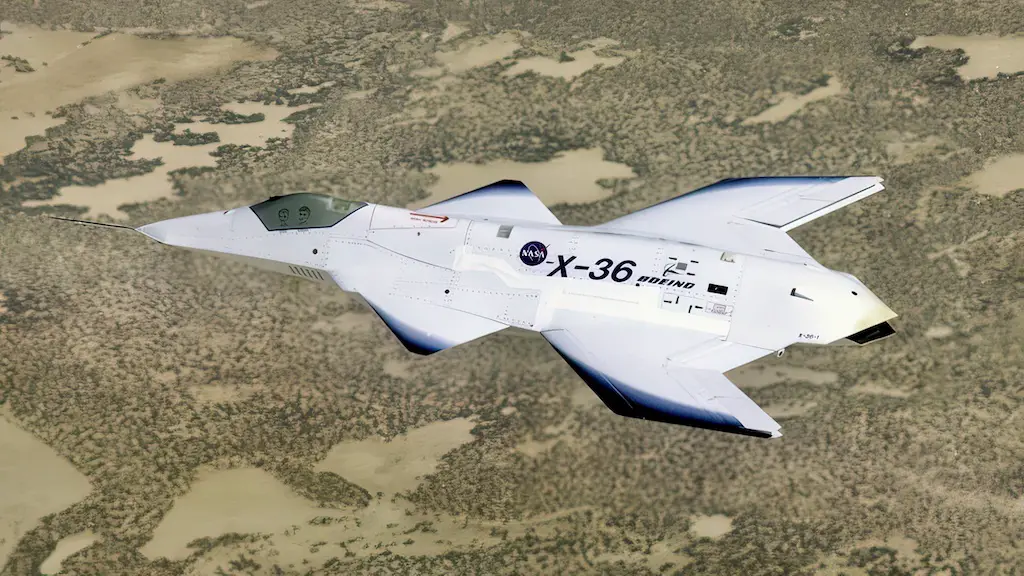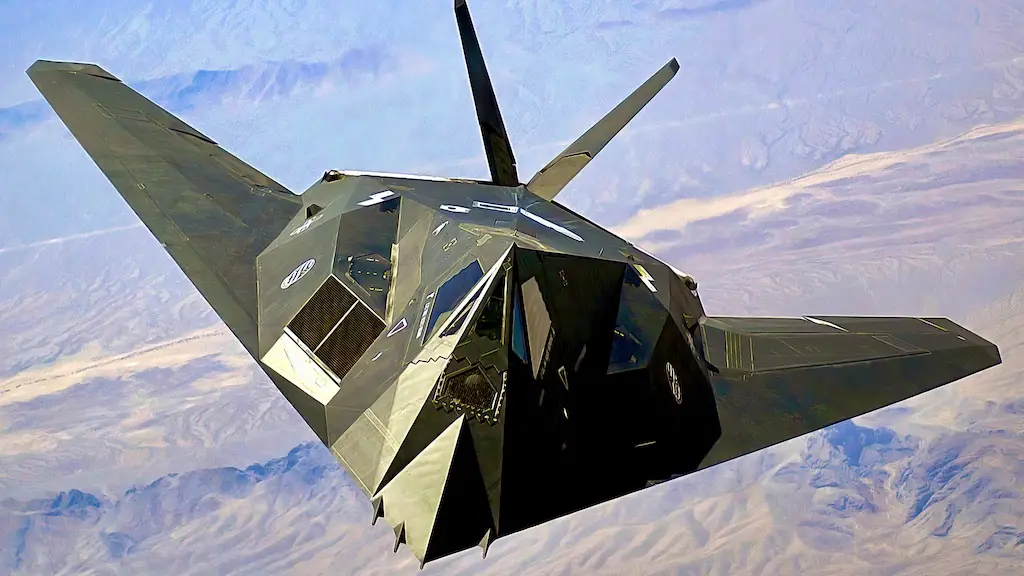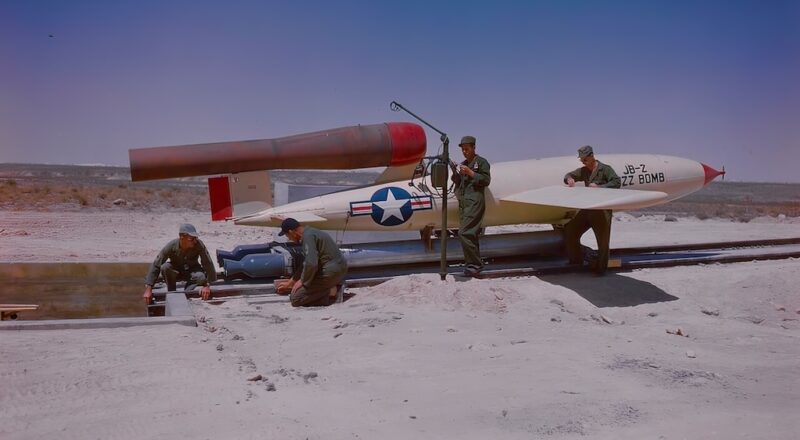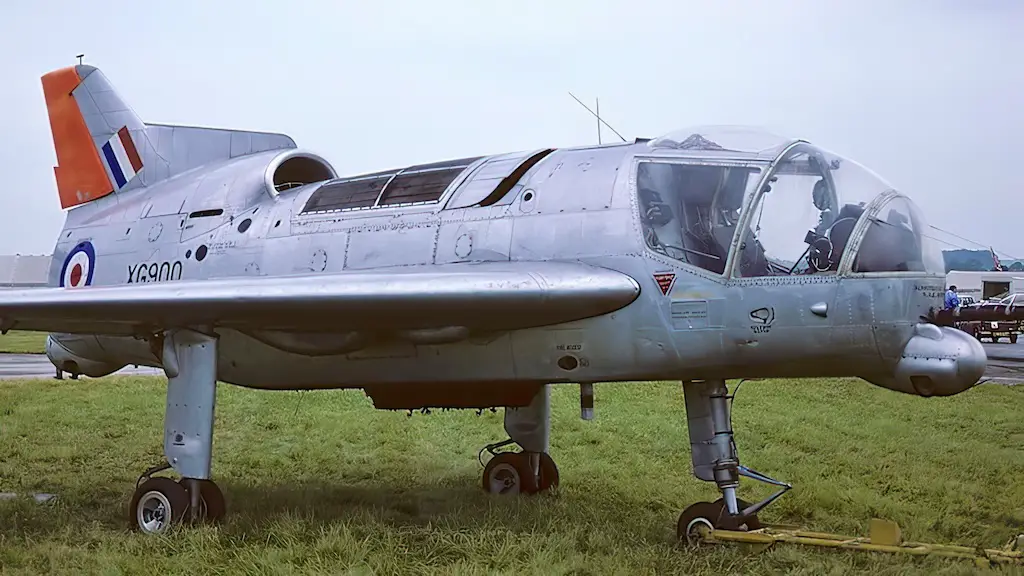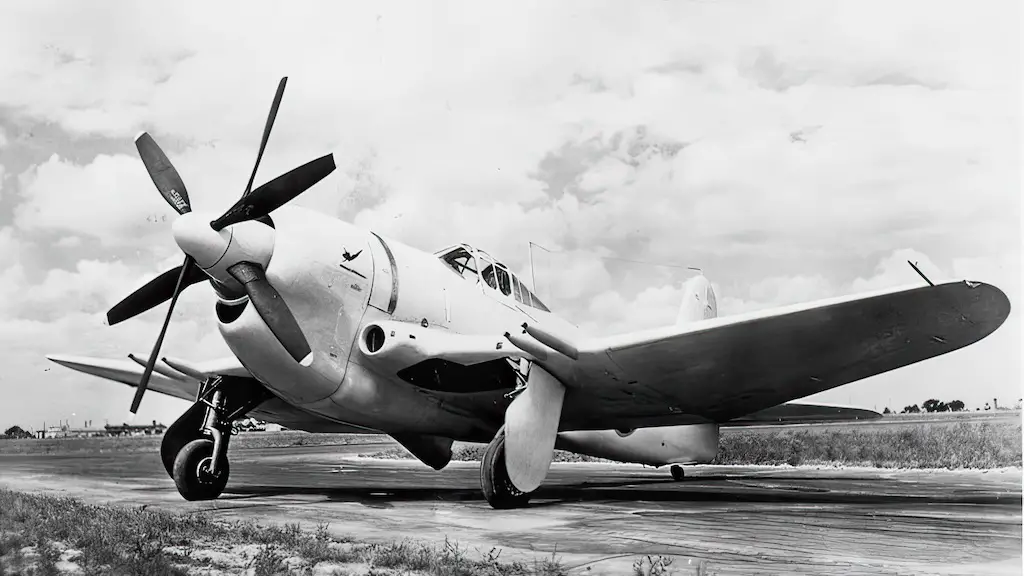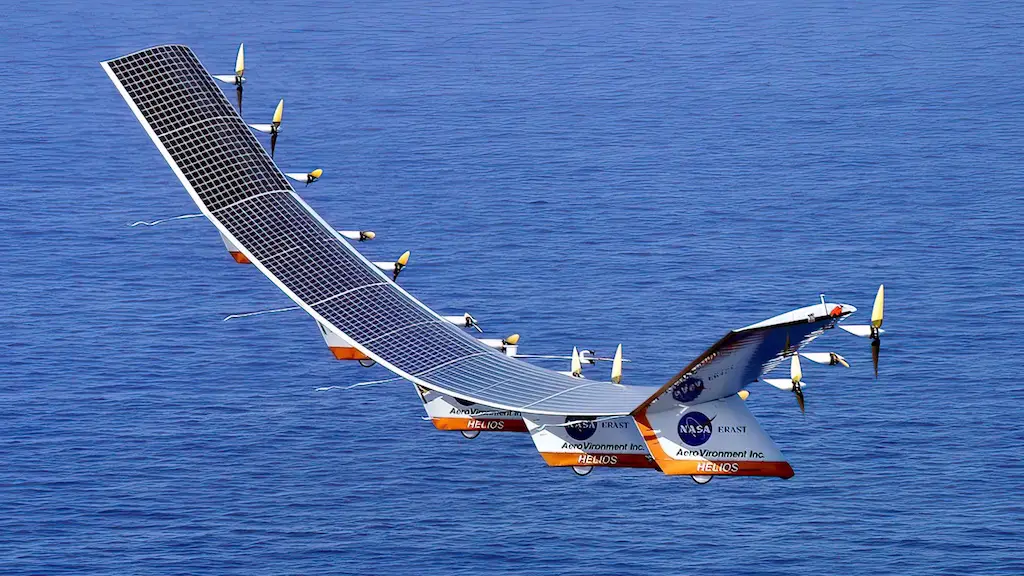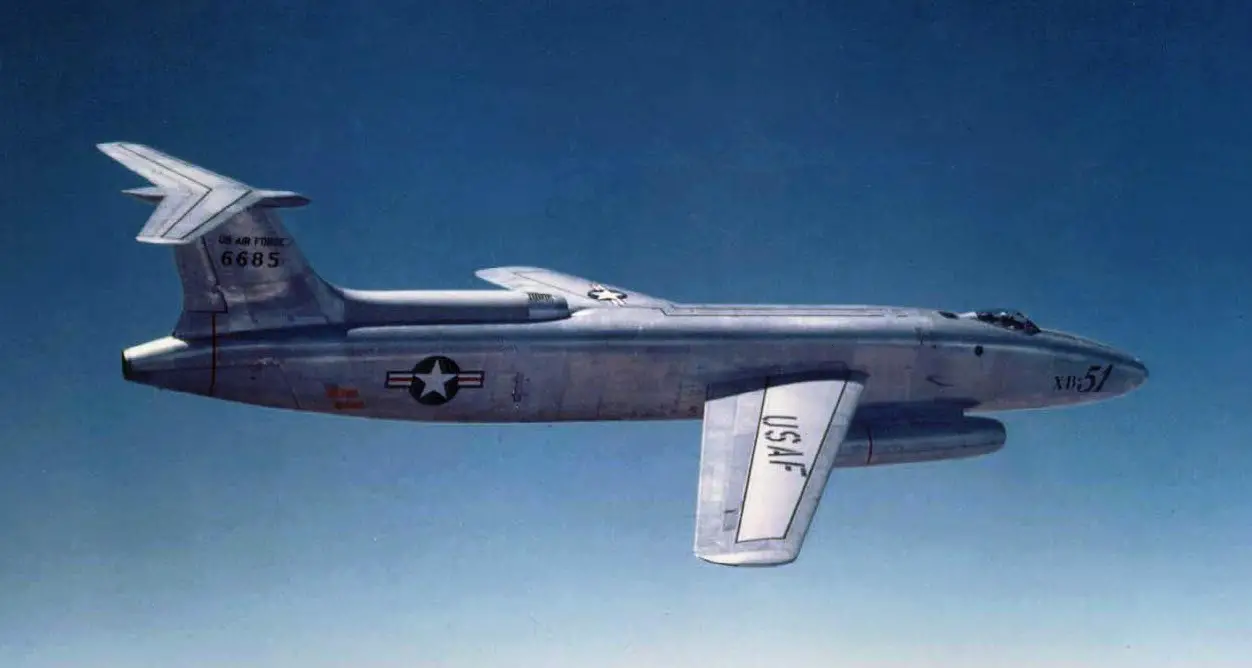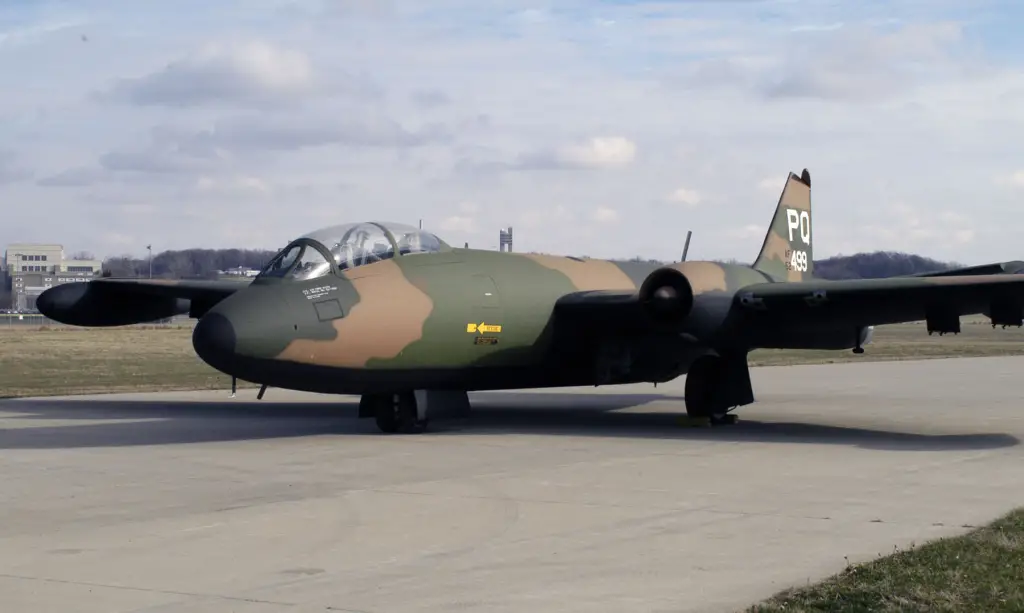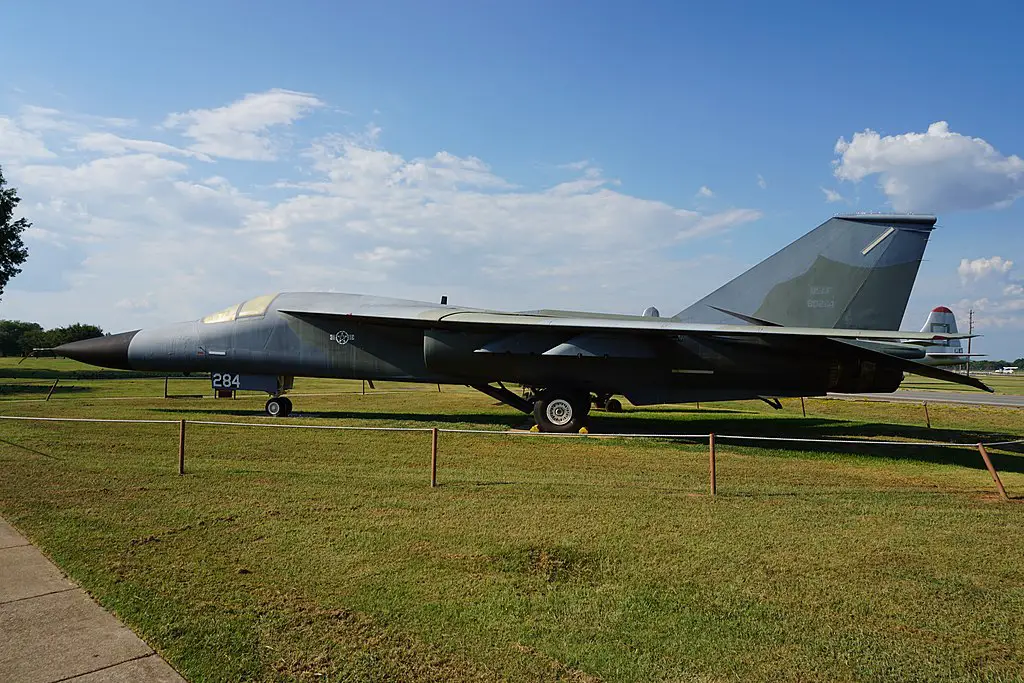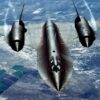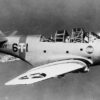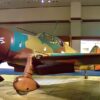The Lockheed Martin XB-51 was a truly fascinating jet bomber that emerged during the late 1940s and early 1950s. Despite never reaching full-scale production, the XB-51’s revolutionary design and technological advancements had a profound impact on the world of aviation. Indeed, its distinctive features helped shape the future of aircraft design, making its story a captivating chapter in military aviation history.
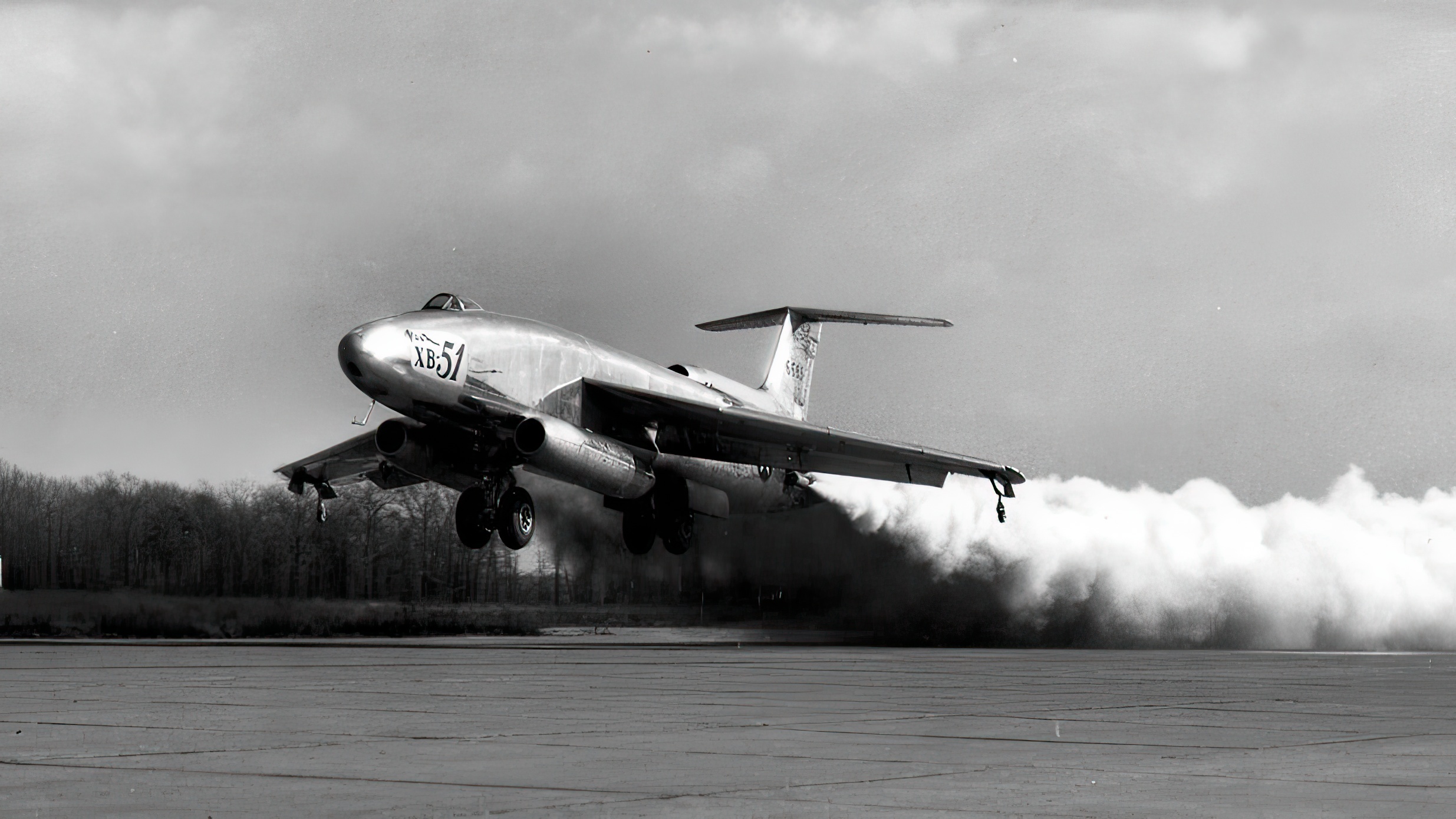
After World War II, the United States was bent on modernizing and expanding its military aircraft fleet, leading to the development of several projects, including a new jet-powered bomber. With the United States Army Air Forces (USAAF) requesting a medium bomber featuring jet propulsion back in 1945, Lockheed Martin (then known as the Glenn L. Martin Company), set out to create what we now know as the XB-51.
Design and Features
For its time, the XB-51 was a highly innovative aircraft. The plane featured several groundbreaking design elements and technological advancements that distinguished it from its contemporaries: Unique Engine Configuration: The XB-51 boasted a distinctive arrangement of three jet engines, with two in the wing roots and a third in the tail. This configuration provided more power and greater speed than other jet bombers of the era.
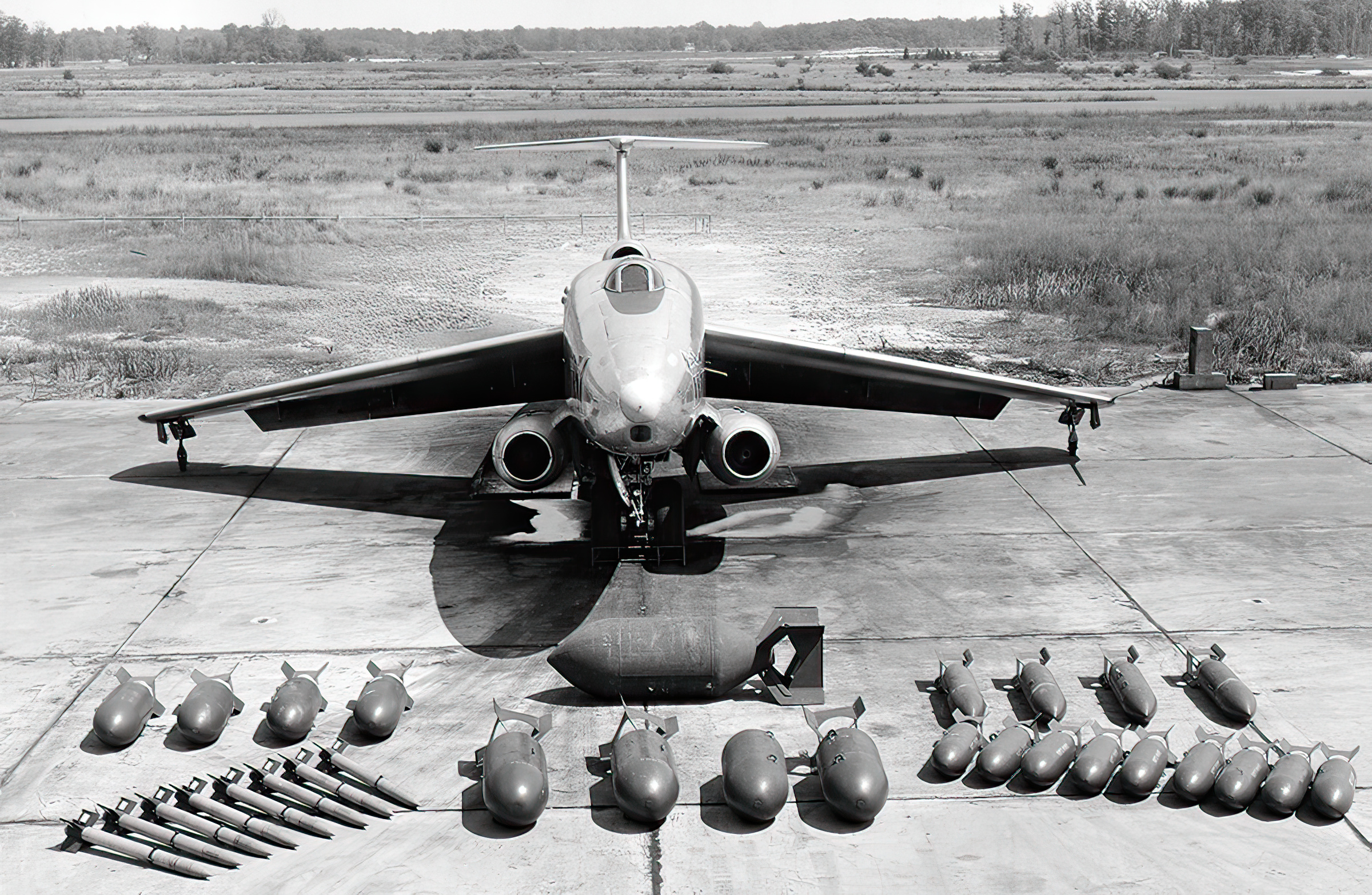
Variable Incidence Wings: The swept-back wings of the XB-51 had a variable incidence design, allowing for adjustments to the wing angle during flight. This feature facilitated takeoffs and landings on short runways and improved low-speed handling characteristics. Rotary Bomb Bay: The XB-51 featured an innovative rotary bomb bay capable of accommodating up to 12,000 pounds of payload. The revolving design allowed for a higher rate of bomb release and minimized the time spent over a target.
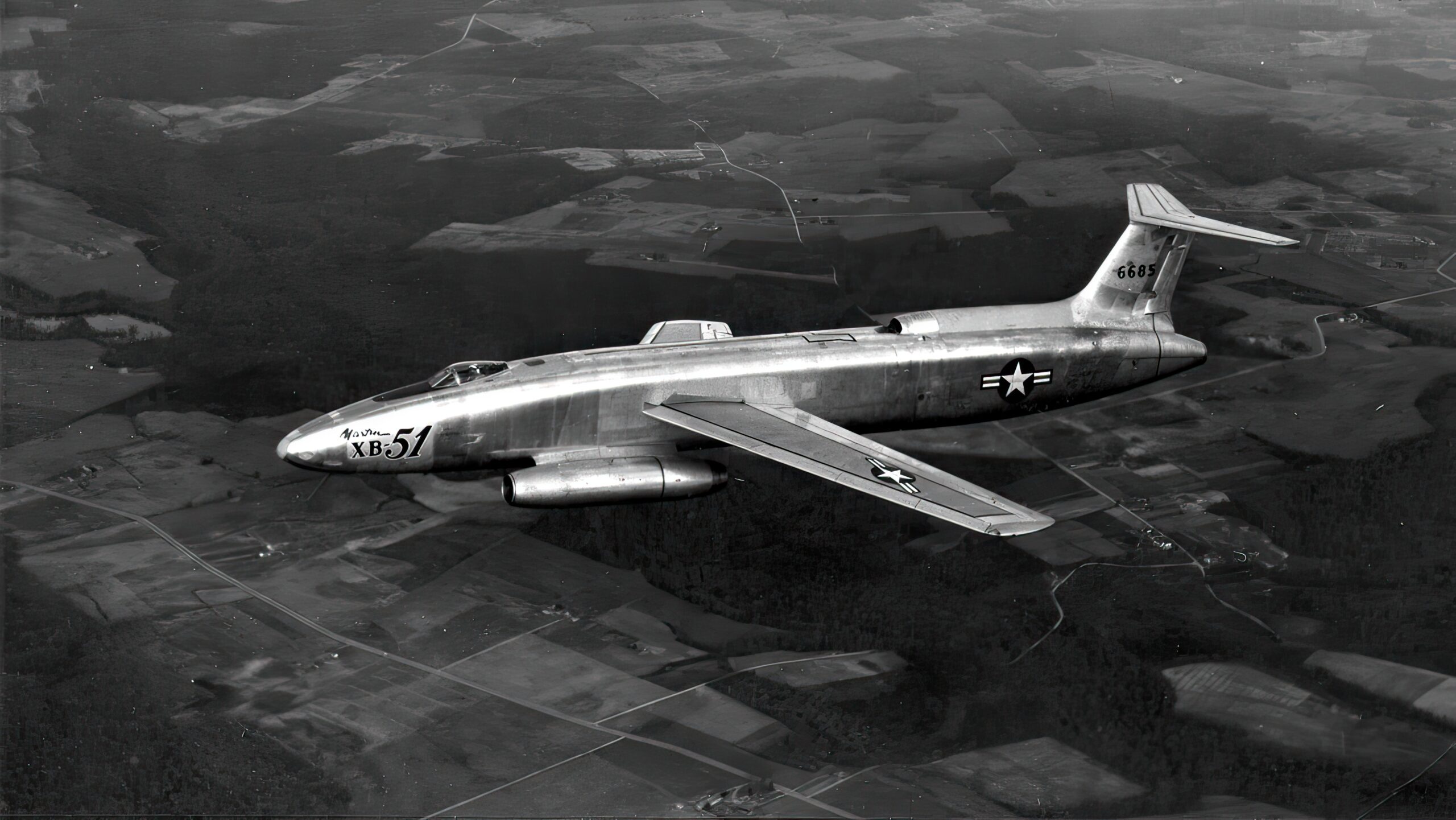
Tandem Landing Gear: The aircraft’s main landing gear had a tandem configuration, with a set of smaller outrigger wheels mounted on the wings. This design allowed the XB-51 to operate from unprepared airstrips and provided additional stability during takeoff and landing. Advanced Avionics: The XB-51 came equipped with state-of-the-art avionics, including a terrain-following radar and an automatic flight control system, making it one of the most advanced aircraft of its time.
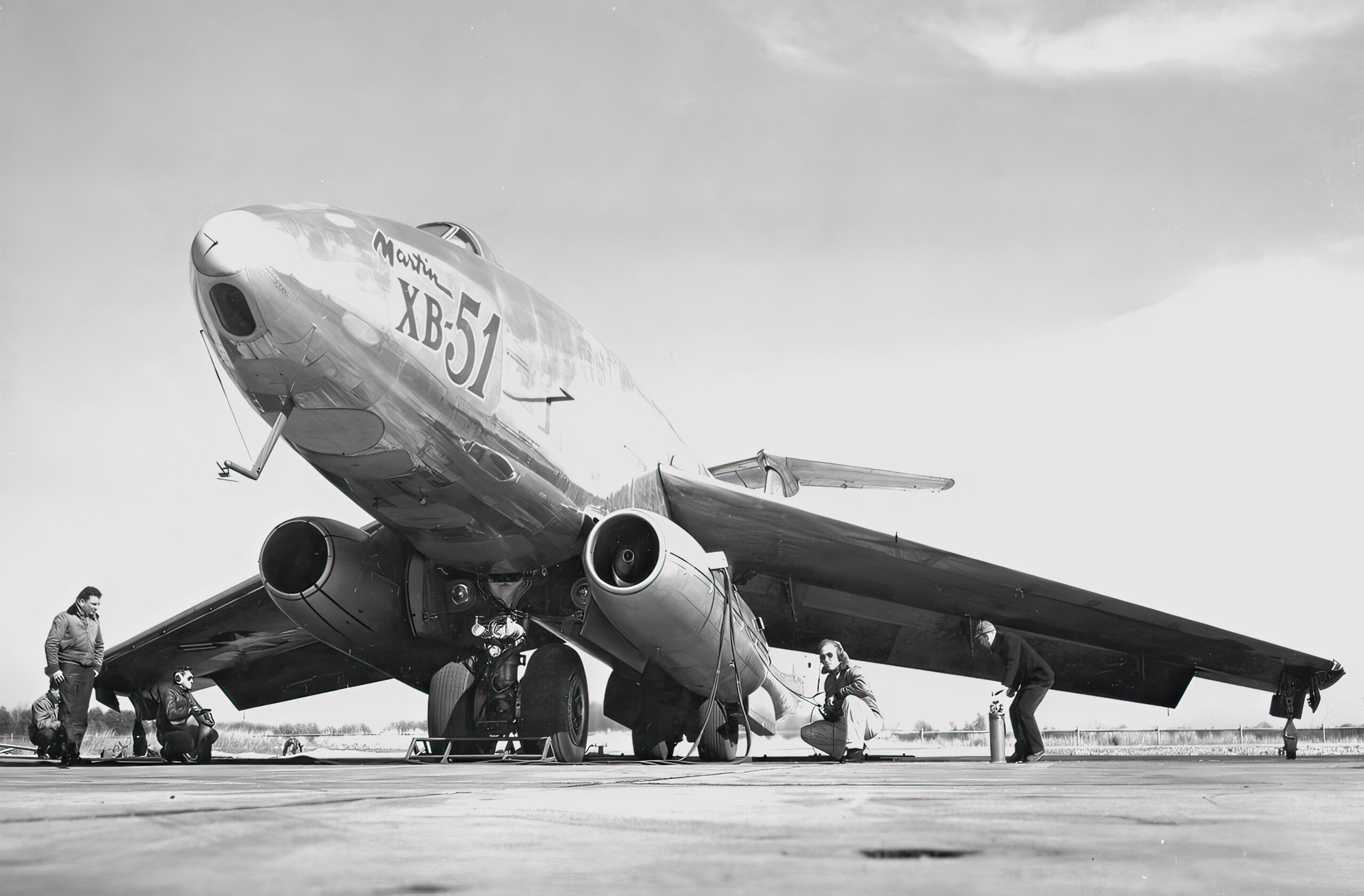
Trials and Legacy
The XB-51 had only two prototypes constructed and underwent extensive flight testing from 1950 to 1952. However, it faced tough competition from other designs like the English Electric Canberra and the North American B-45 Tornado. It was a fierce battle of the skies, but in a surprising twist, the United States Air Force – formerly known as the USAAF – decided to opt for the Canberra instead. The Canberra was ultimately renamed as the B-57 and was preferred due to its high-altitude performance and longer range.
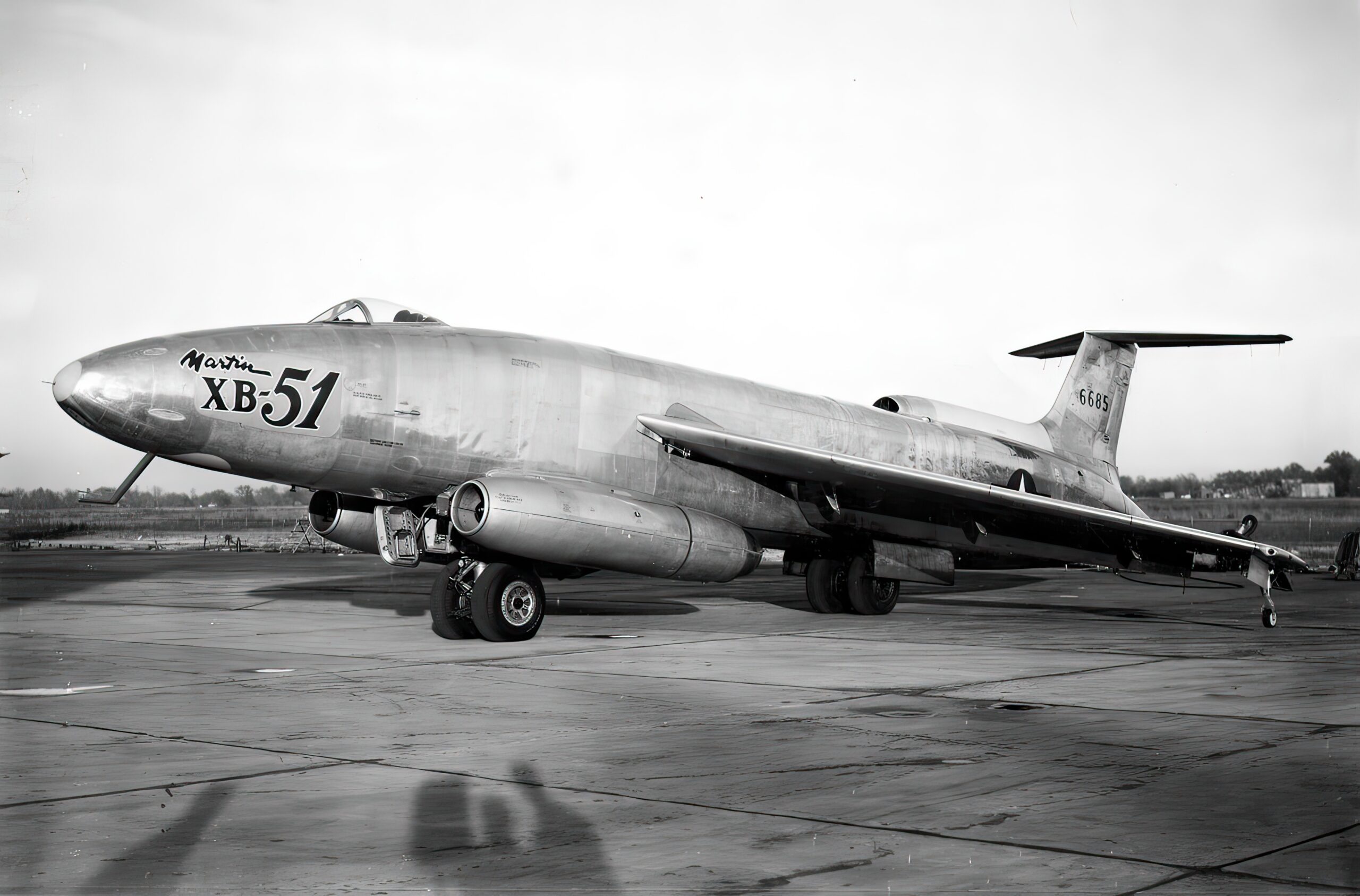
Despite never reaching full-scale production, the XB-51’s ingenious design and technological advancements made a lasting impression in the aviation industry. Its pioneering features even influenced the development of subsequent aircrafts such as the B-58 Hustler and the F-111 Aardvark. The XB-51’s tale is a captivating example of an aircraft that didn’t soar to the highest heights, yet left a significant impact.

